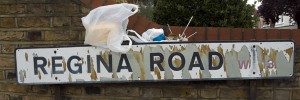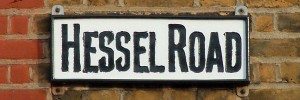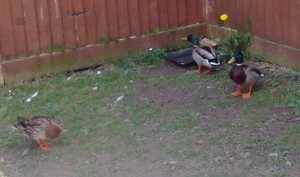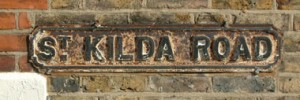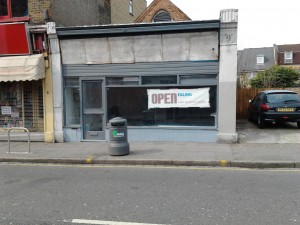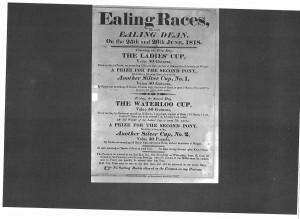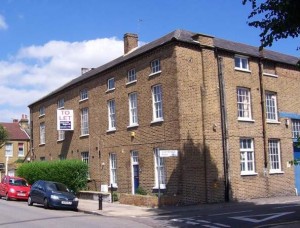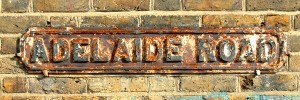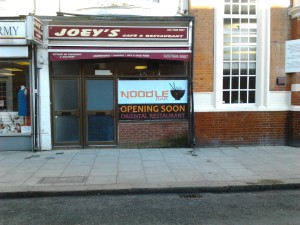The paint brushes will soon be put away as OPEN Ealing gets ready for its first set of arts activities in its new home in Drayton Green Road. These first workshops and talks are led by established west London artists:
Music workshops: Keith Waithe

Flute, djembe drumming and vocal workshops with Keith Waithe, professional musician and composer, flautist and band leader of Keith Waithe and the Macusi Players.
Thursday evenings, between 9 May – 13 June. 7–9pm.
Join Keith at OPENShop 13 Drayton Green Road, W13 0NG, on Thursday 9 May for an introduction to ‘Flute Journey’. We hope this will encourage you to stay on for the entire five-session course of workshops designed for flautists, singers and djembe drummers (please bring your own instrument) and aimed at developing your own musical journey, culminating with a performance of all involved, at the Drayton Park Hotel, Ealing.
Details:
Course introduction evening, 2 May: Entrance, donation to OPEN (suggested donation, £5.00) All welcome, whether you stay on for the course or not.
Course dates Thursdays 9, 16, 30 May, 6 and 13 June. Cost, £10.00 per 2-hour session (pay per session).
‘Workshops and performances will be based on the theme “The Journey”. Musicians will introduce their art form using the theme of journeys as a catalyst for the final performance. Participants will work in groups, rotating between musicians throughout the duration of the sessions in order to fully benefit from the full range of experiences available.’
OPEN Stage Writers’ Workshop
Join West London’s newest theatre writers’ workshop – a wonderful opportunity for writers, at any stage in their development, to work with and learn from other writers.
From Tues 4th June, OPEN Ealing will be running a 10-week course of 2-hour sessions led by established west London playwright Wally Sewell <http://www.actorsandwriters.org/wally.sewell/index.php>.
Writers will develop their craft through workshops and exercises, reading and discussing their own and others’ work in a supportive and guided environment,with occasional input from professional actors and directors. At the end of the course participants’ work will be performed in a showcase of rehearsed ten minute plays as part of our OPENStage drama/theatre month.
Cost, £10.00 per 2-hour session (pay per lecture) or save 20% by enrolling for all 10 workshops in advance.
OPEN History of Modern Art
OPENShop, 13 Drayton Green Road, London W13 0NG
Monday evenings, from 13th May. 7–9pm
A general introduction to the historical development of modern art in the western world, presented by artist, lecturer and Artistic Director of OPEN, Nick Pearson.
The 13-session weekly course will cover the period from Romanticism and Realism in the late 1800s, and take in the major movements of Western 20th-century art up to the ‘Young British Artists’ phenomenon of recent years. In the course of these fully illustrated slide lectures, key works from each movement will be discussed, and will help you to appreciate the art and ideas of the time. The course will also illustrate how other cultures, technology and world events have influenced artists of the twentieth century.
Each lecture will be followed by detailed, illustrated tutor’s notes with suggestions for further reading/study – building into your own encyclopedia of modern art!
By the end of this course, you should be able to:
· Recognise key movements of 20th century art: Impressionism; Post-Impressionism; Cubism; Surrealism, Abstract Expressionism; Pop Art; Minimalism, Performance Art, etc.
· Name key figures associated with each movement in modern art.
· Understand the evolution of modern art movements, their relation to one another and the culture in which they were created.
This is a full module of the kind you would do at an art college, except there are no set essays and the level at which you learn is entirely up to you!
Cost, £10.00 per 2-hour session (pay per lecture) or save 20% by enrolling for all 12 lectures in advance. To enrol, simply turn up on the first day – or join us as the course progresses
Full details at www.openealing.com


